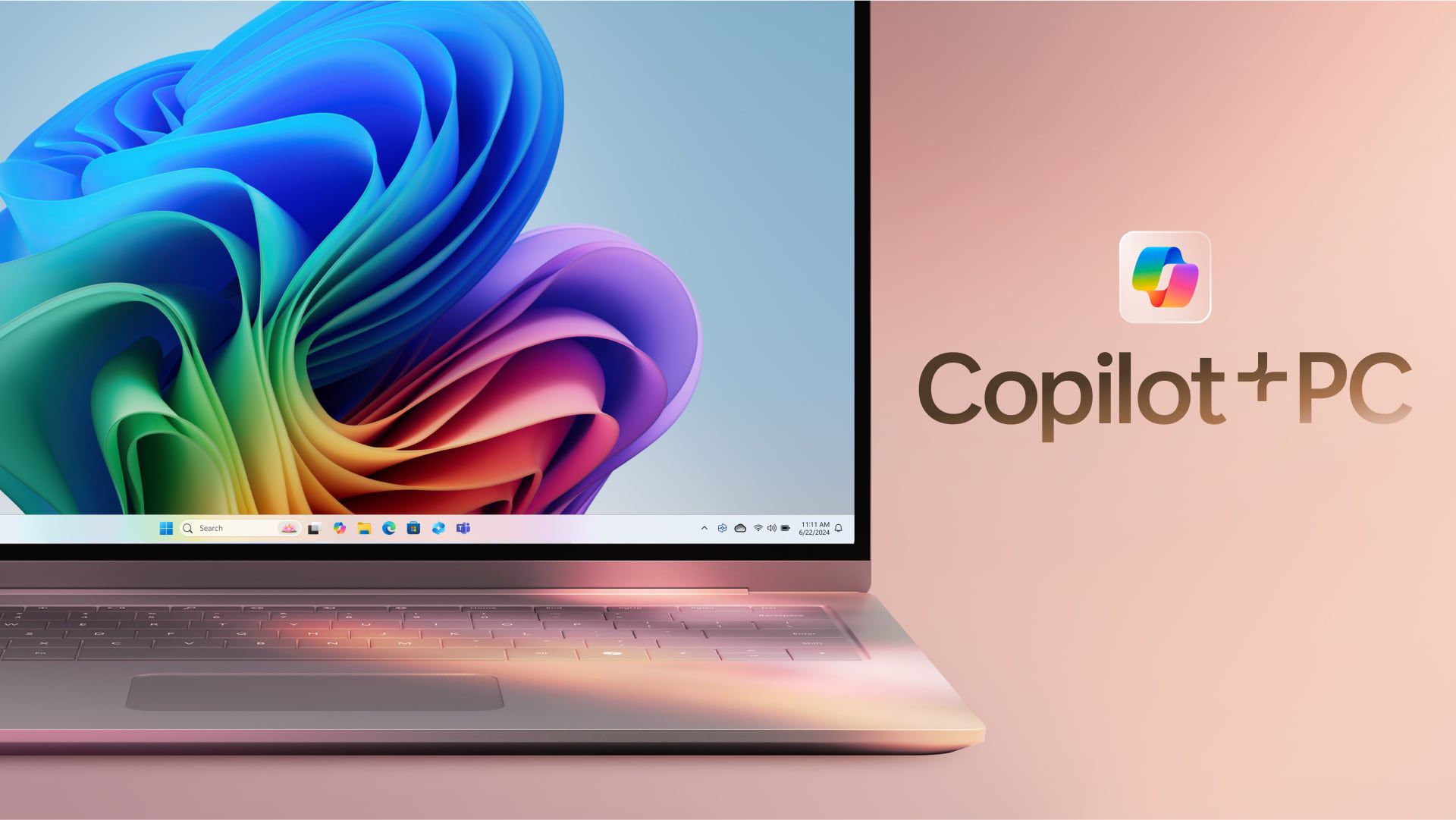Kickstarting a .NET Solution from Scratch with the CLI
Introduction You can use this article as a cheat sheet or a starting point to mastering the CLI. The CLI is one of the most essential tools in a software engineer's toolbox. As useful as it is, it can feel a little intimidating for many developers (especially on the very first encounter). Others get excited. I remember seeing the terminal for the first time and thinking, "whoa, that looks super cool, I want to master it. NOW!" But the CLI wasn't built to impress or scare anyone (especially not scare). It was designed to make our lives easier by providing the simplest form of interface possible. As developers, we should always strive for simplicity—our job is already hard enough without adding layers of unnecessary complexity. The CLI isn't only about simplicity—it's the universal tool. You learn the ropes once, and you can use that knowledge for the rest of your career. Of course, like everything in programming, there's always more to learn, but it's the first steps that are the hardest. Once you get past that, you'll find yourself cruising along, steadily building on what you already know. It's a lot like using chopsticks: awkward at first, but once you figure it out, you can eat sushi in public without looking like you're trying to solve a Rubik's Cube with your elbows. And just like chopsticks, the CLI isn't just functional — it's cultural. Yes, developers have our own culture, and using the CLI is one of them. Now let's get back on track. This article isn't about all the benefits of using CLI — that could easily turn into a good 30-minute read. Instead, we're focusing on how to use the CLI to kickstart our .NET project. Spoiler alert: This is so easy, if it were a boss fight in a video game, it'd be the kind with god mode enabled and a neon green 'PRESS ANYTHING TO WIN' button — unless you press the power button, in which case... GG! and git gud (and for those wondering, "git gud" is definitely not a Git command). Why Use the CLI When You've Got All These Awesome Editors? That's a great question! Those editors are indeed awesome and often come with built-in templates to help you create a complete initial project effortlessly. However, each editor is different and sometimes they're made by completely different companies. For example, Visual Studio is developed by Microsoft, while Rider comes from JetBrains. These two editors offer very different experiences. When I switched from Visual Studio to Rider, it felt like learning a whole new world, complete with its own learning curve. Even something as simple as creating a new project varies from one editor to another. Alright, ThePrimeagen, if you're reading this for some reason, I know I should switch to Vim and make my life exponentially better. I'm working on it, okay? Let the man cook.

Introduction
You can use this article as a cheat sheet or a starting point to mastering the CLI.
The CLI is one of the most essential tools in a software engineer's toolbox. As useful as it is, it can feel a little intimidating for many developers (especially on the very first encounter). Others get excited. I remember seeing the terminal for the first time and thinking, "whoa, that looks super cool, I want to master it. NOW!"
But the CLI wasn't built to impress or scare anyone (especially not scare). It was designed to make our lives easier by providing the simplest form of interface possible. As developers, we should always strive for simplicity—our job is already hard enough without adding layers of unnecessary complexity.
The CLI isn't only about simplicity—it's the universal tool. You learn the ropes once, and you can use that knowledge for the rest of your career. Of course, like everything in programming, there's always more to learn, but it's the first steps that are the hardest. Once you get past that, you'll find yourself cruising along, steadily building on what you already know.
It's a lot like using chopsticks: awkward at first, but once you figure it out, you can eat sushi in public without looking like you're trying to solve a Rubik's Cube with your elbows. And just like chopsticks, the CLI isn't just functional — it's cultural. Yes, developers have our own culture, and using the CLI is one of them.
Now let's get back on track. This article isn't about all the benefits of using CLI — that could easily turn into a good 30-minute read. Instead, we're focusing on how to use the CLI to kickstart our .NET project.
Spoiler alert: This is so easy, if it were a boss fight in a video game, it'd be the kind with god mode enabled and a neon green 'PRESS ANYTHING TO WIN' button — unless you press the power button, in which case... GG! and git gud (and for those wondering, "git gud" is definitely not a Git command).
Why Use the CLI When You've Got All These Awesome Editors?
That's a great question! Those editors are indeed awesome and often come with built-in templates to help you create a complete initial project effortlessly. However, each editor is different and sometimes they're made by completely different companies. For example, Visual Studio is developed by Microsoft, while Rider comes from JetBrains. These two editors offer very different experiences. When I switched from Visual Studio to Rider, it felt like learning a whole new world, complete with its own learning curve. Even something as simple as creating a new project varies from one editor to another.
Alright, ThePrimeagen, if you're reading this for some reason, I know I should switch to Vim and make my life exponentially better. I'm working on it, okay? Let the man cook.







































































































































































![[The AI Show Episode 147]: OpenAI Abandons For-Profit Plan, AI College Cheating Epidemic, Apple Says AI Will Replace Search Engines & HubSpot’s AI-First Scorecard](https://www.marketingaiinstitute.com/hubfs/ep%20147%20cover.png)

























![How to Enable Remote Access on Windows 10 [Allow RDP]](https://bigdataanalyticsnews.com/wp-content/uploads/2025/05/remote-access-windows.jpg)


































































































![[DEALS] The 2025 Ultimate GenAI Masterclass Bundle (87% off) & Other Deals Up To 98% Off – Offers End Soon!](https://www.javacodegeeks.com/wp-content/uploads/2012/12/jcg-logo.jpg)







































































![Legends Reborn tier list of best heroes for each class [May 2025]](https://media.pocketgamer.com/artwork/na-33360-1656320479/pg-magnum-quest-fi-1.jpeg?#)











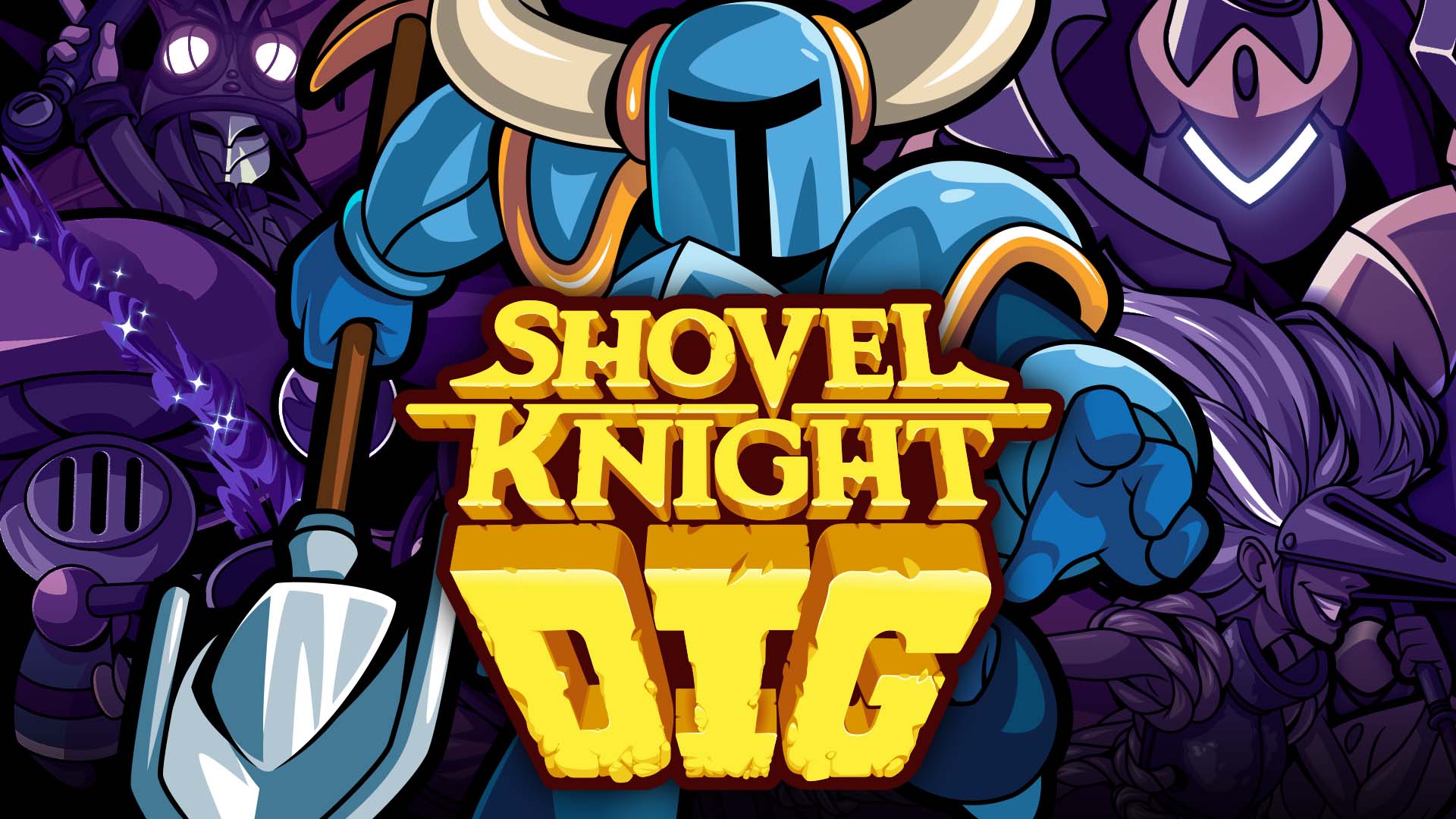






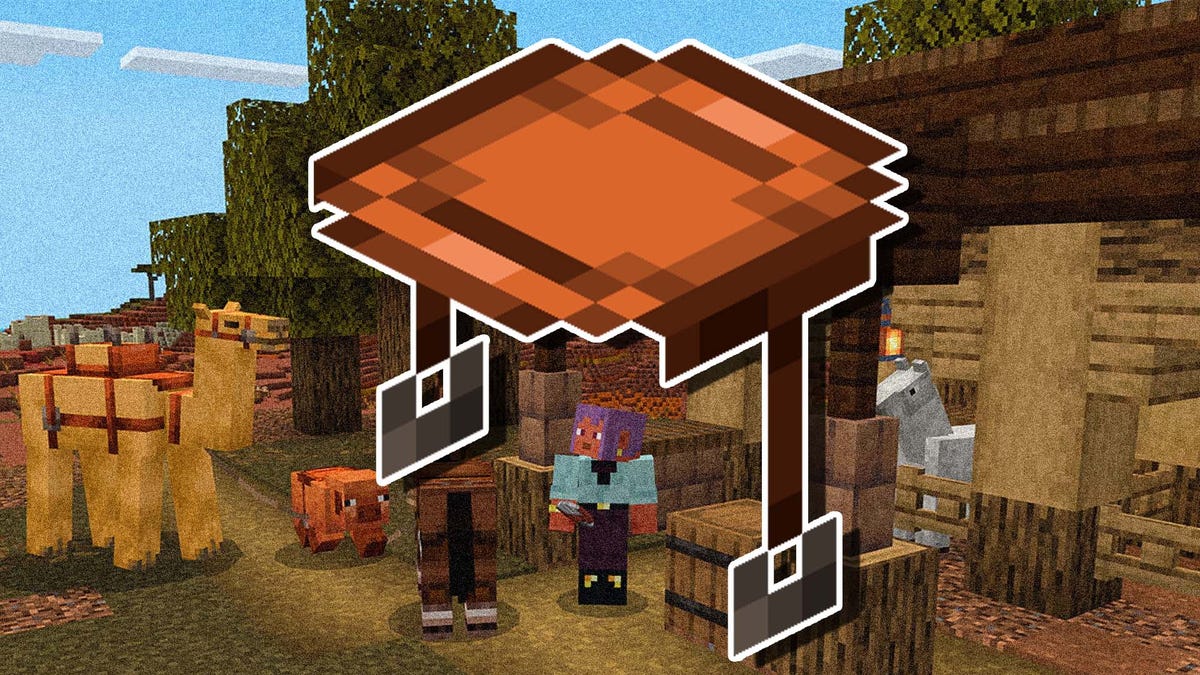


































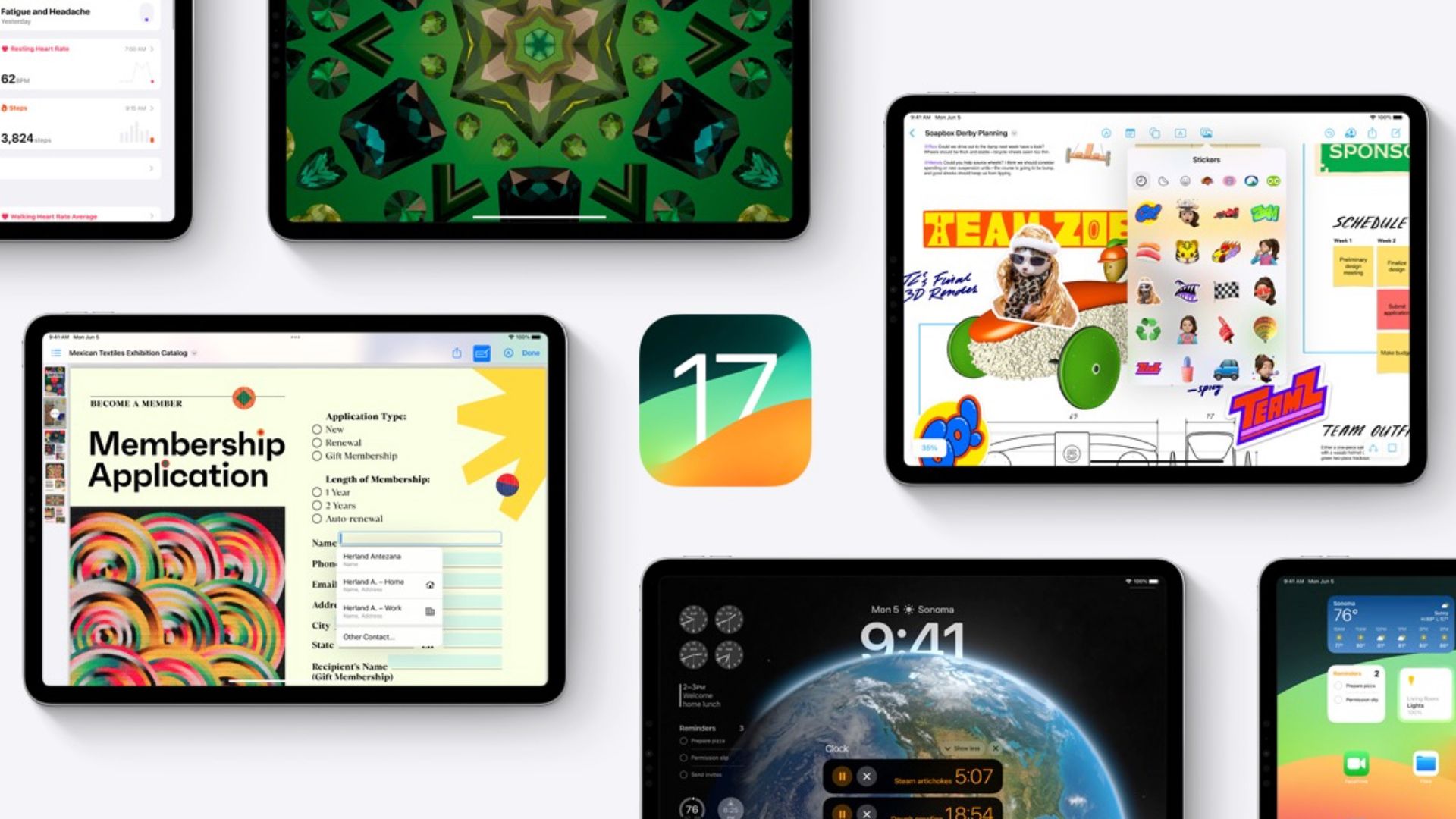









-Olekcii_Mach_Alamy.jpg?width=1280&auto=webp&quality=80&disable=upscale#)




















































































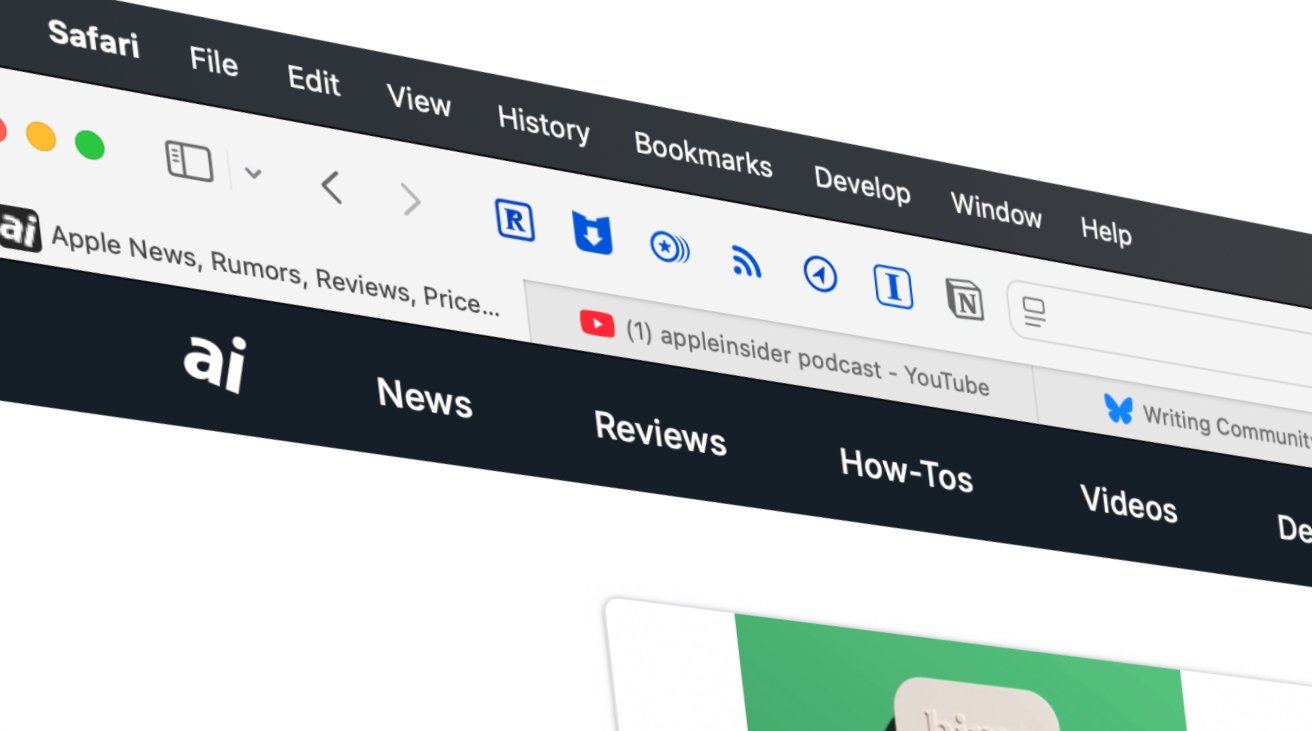










![Apple using sketchy warning for apps bought using third-party payment systems [Updated]](https://i0.wp.com/9to5mac.com/wp-content/uploads/sites/6/2025/05/Apple-using-scary-looking-warning-for-apps-bought-using-third-party-payment-systems.jpg?resize=1200%2C628&quality=82&strip=all&ssl=1)



















![Sony WH-1000XM6 Unveiled With Smarter Noise Canceling and Studio-Tuned Sound [Video]](https://www.iclarified.com/images/news/97341/97341/97341-640.jpg)


![Watch Aston Martin and Top Gear Show Off Apple CarPlay Ultra [Video]](https://www.iclarified.com/images/news/97336/97336/97336-640.jpg)








































